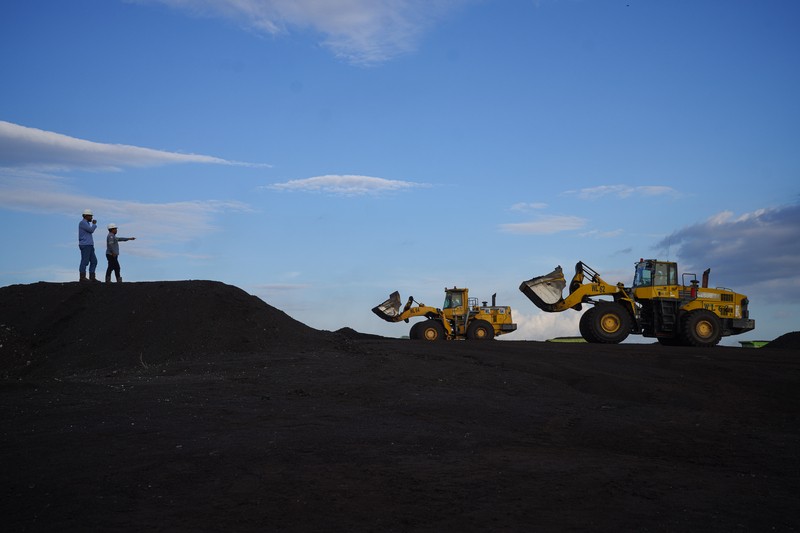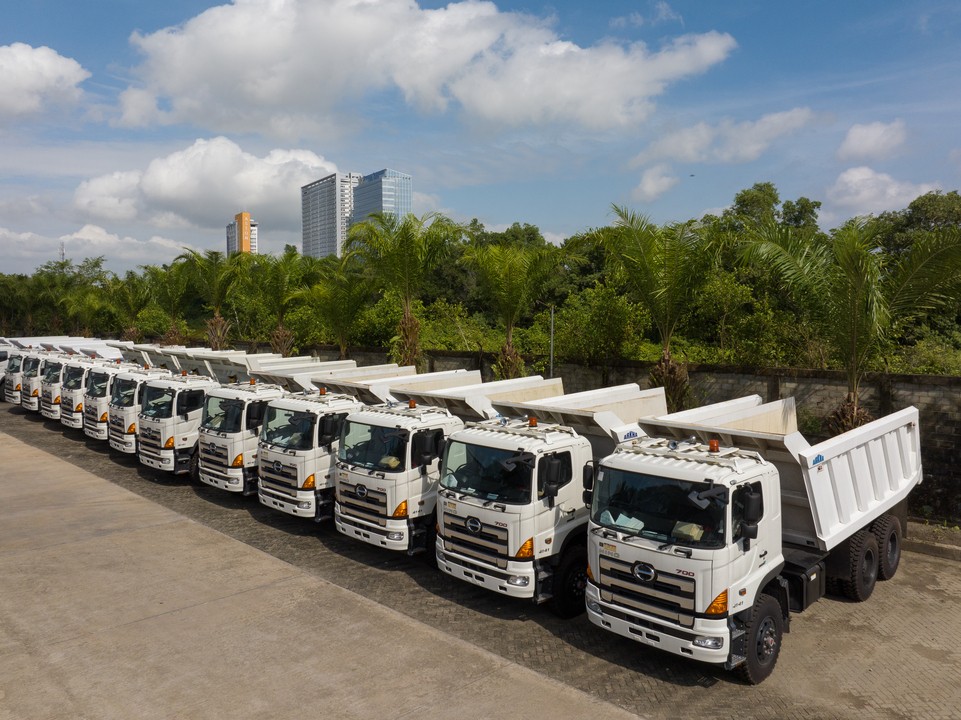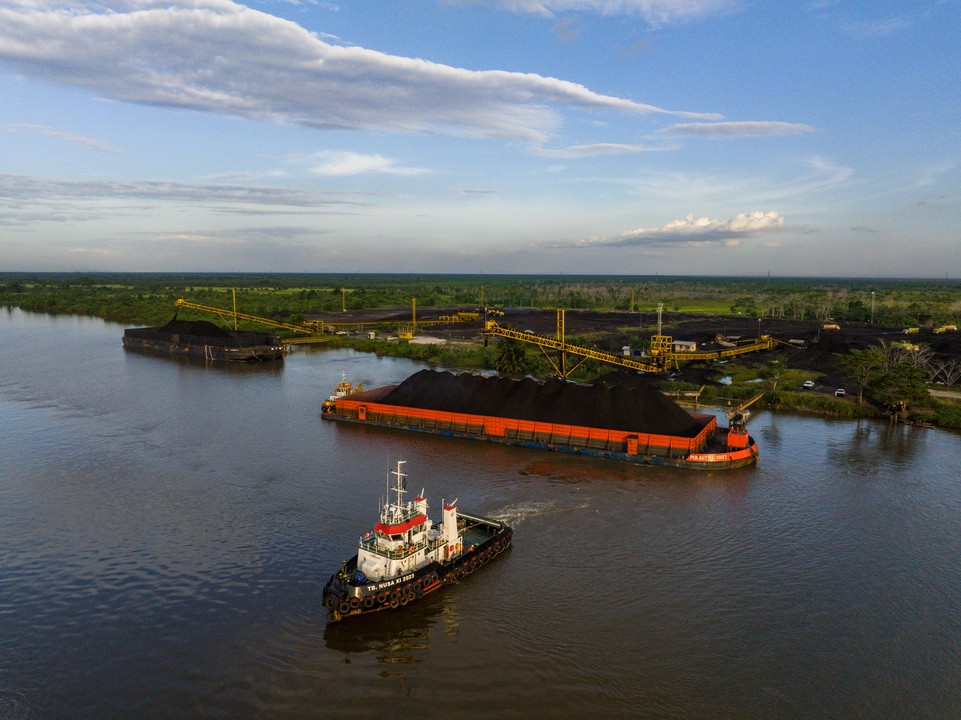The coal mining industry is known as one of the sectors with high-risk jobs. The potential for workplace accidents and environmental impacts is an aspect of the job, from upstream to downstream, that requires special attention to Safety and the Environment.
In facing these challenges, every coal contractor must continuously innovate to ensure worker safety and the sustainability of operations in a safe and productive manner. One important step in achieving this goal is through transformation in the field of safety.
Transformation in Safety: Prioritizing Technology and Innovation
Transformation in safety within the coal mining industry is not just about changing procedures, but also adopting the latest technologies and innovations. With the continuous advancement of technology, coal contractors can now utilize various tools and systems to improve the management of workplace safety programs.
One example of a transformative program is the use of wearable devices such as dashcams, which can monitor the physical condition of workers while operating units in real-time. With this tool, companies can detect signs of fatigue, hazardous actions/conditions, or stress in workers while operating the units, allowing them to take preventive actions before accidents occur and analyze recorded data for continuous improvements.
In addition, the use of drones for mining area inspections has also become an important innovation. Drones can reach areas that are difficult for humans to access, such as providing a broader view of the mining process and offering accurate data about the field conditions.
Innovation in implementing the Plan Do Check Action (PDCA) cycle is also one of the strategies for rolling out safety and environmental management programs in the workplace. In this approach, employees are encouraged, whether in small or large groups, to collaborate, discuss, and share ideas based on identified issues, turning them into more effective and efficient programs to achieve the safety goals set together.
Read also: Trusted Heavy Equipment Dealer in Indonesia
Digitization Process in Safety: Efficiency and Accuracy
The digitalization process in safety is one of the important steps in improving efficiency, analysis, and accuracy in managing workplace safety. With digital systems, coal contractors can manage safety data centrally and in real-time. This allows companies to quickly identify potential risks and take the necessary actions.
A digital-based system that can be implemented includes an incident reporting database, enabling faster and more accurate data management. This allows for better analysis of incidents, and preventive measures can be immediately implemented to reduce the risk of recurrence.
On the other hand, digitalization also supports the management of safety training for employees, making it more interactive and accessible to all workers. This helps increase their awareness and understanding of the importance of workplace safety.
Read also: Coal Shipping: An Efficient Solution for Energy Distribution
Accountability Program: Building a Safety Culture
In addition to technology, building a strong safety culture in the workplace is the key to reducing the risk of accidents. A safety accountability program that measures employee involvement in controlling hazards in their work areas is one of the effective strategies to achieve this goal. This program aims to increase the responsibility of each individual or employee for their own safety, their coworkers, and the work environment.
In the accountability program, each worker is asked to improve awareness in their role by identifying hazardous conditions or actions, such as what should be done to mitigate identified risks, helping to raise awareness among team members, and improving bonding within their teams. As a result, each individual feels they play an important role in maintaining safety in the workplace.
Read also: Strengthening Synergy Through Vessel Visit
Task Force Safety: Collaboration for Maximum Safety
The establishment of a safety task force is one of the strategic steps to ensure the implementation of high safety standards by all workers on every project. This task force encourages the team to focus on the programs that have been jointly set to improve safety practices on-site.
With the safety task force in place, the company can ensure that every aspect of safety has been considered and implemented properly. This program also functions to conduct regular evaluations and provide improvement recommendations when needed. Collaboration between the safety task force and project management is key in creating a safe and productive work environment.
In facing high-risk job challenges, coal contractors must continue to innovate and adapt to technological developments. Transformation in safety through the aforementioned steps is an important measure in improving workplace safety.
With strong commitment and collaboration, the coal mining industry can achieve better safety and sustainability goals.




